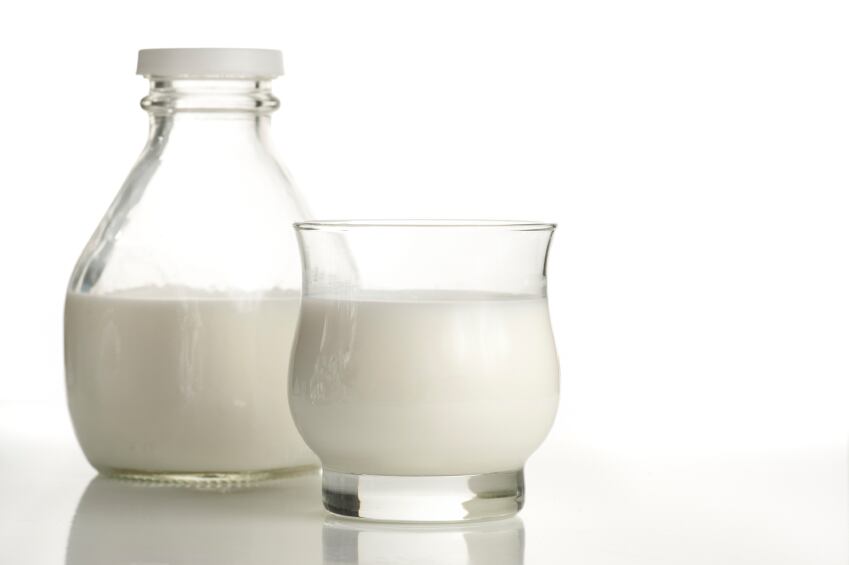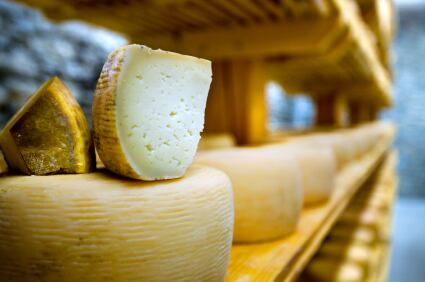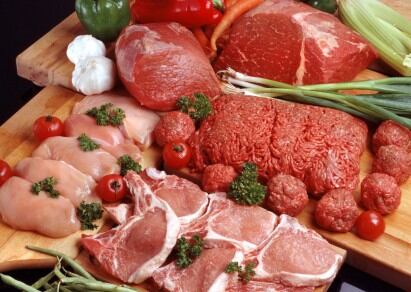Published in Food Quality and Preference, researchers investigated the market performance of four Danish organic sectors – red meat, chicken, milk and hard cheese. Denmark has the highest organic market share worldwide (7.6% in 2012). 47% of the global organic market is in Europe.
Findings showed that while a low cost pricing strategy for organic products could bolster the category through repeat purchases, a high cost strategy – often considered a purchasing obstacle – was not always a disadvantage.
“Because consumers view the price as a cost, but also as a quality cue, all price levels can actually be appropriate for organic products, leaving it to organic food producers and retailers to fit the pricing strategy to their general strategic goals,” the researcher from Aarhus University in Denmark wrote.
Price played an “important and complex” role in consumers’ evaluation of products – seen both as a cost but also a quality signal, they explained.
Low pricing for repeat purchases

While low price strategies were rare in the organic food market, they could be a tool to boost business.
“A low price level can be instrumental for producers aiming to increase the repeat purchase of and thereby the overall demand for specific organic food products.”
However, they noted such plans could often prove difficult given the typically high production costs of organic produce. This, they said, was likely the cause of low cost organic foods being rare.
High pricing for cross-purchases

Medium price plans were most common for the organic food category, the researchers said, and tended to broadly succeed. “If consumers find a price premium for organic products acceptable, even appropriate, up to a certain point, a medium price strategy could be superior to a low price strategy.”
However, they said a high pricing plan could work to differentiate manufacturers and proved successful in promoting cross-purchasing across ranges more than medium or low price plans.
“A high price, high differentiation strategy, presumable targeting higher-income organic consumers, seems able to stimulate consumer cross-purchases or organic products across a broad range of categories, which makes it a viable strategy for retailers having a broad assortment of organic products, especially retailers aiming to build a high-quality, perhaps exclusive, ‘green’ image.”
Cross-purchasing within high price products depended on a combination of consumer ability and motivation, the researchers explained.
“It is enabled by a (sufficiently) high income and motivated by the belief that the high price reflects high quality. There is obviously a segment of consumers with strong organic values and attitudes and a disposable income that makes organic food affordable to them at any price. It seems from our results that this consumer segment wants the very best organic food products across the board, believe they can only get the desired high quality if they also pay a high price, and they are willing to pay that price.”
Whatever price plan manufacturers and retailers chose, the researchers said it was important the plans were different to those for conventional products.

Study data
The researchers based findings on a 2,512-strong GfK household panel from 2011. Each household filled out a shopping diary that included product codes, quantity bought and amount paid, which store they bought from and the time of each shopping trip.
The researchers then evaluated the ‘market performance’ or each organic food item by looking at its market share by volume (total volume purchased), penetration (number of buyers) and purchase frequency (total number of units of the product purchased).
Repurchase patterns were evaluated using the polarisation index.
Red meat, chicken, milk and hard cheese were selected to “obtain a broad representation of the organic market”, the researchers said.
Source: Food Quality and Preference
Published online ahead of print, doi: 10.1016/j.foodqual.2014.05.001
“The role of price as a product attribute in the organic food context: An exploration based on actual purchase data”
Authors: L. Marian, P. Chrysochou, A. Krystallis and J. Thøgersen
